
|
|

| |
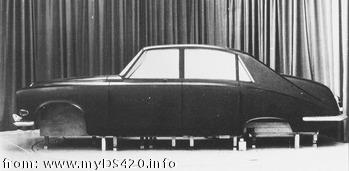 |
From the very first days, the classic lines of the DS420 have inspired people to unleash their own creativity and to design distinctively different variations. Already before the first launch, VandenPlas and Jaguar came up with a mock-up study for a shortened four-door saloon version. Almost 25 years later, Brian Long wrote an article in the Jaguar Quarterly journal (Summer 1991) on plans to revive this design. Click here to read. |
|
Along the same lines, Tony Porter of Melbourne, Australia, came up with a study for a two-door version of the DS420, scaled back to the dimensions of the original 420G floor pan. As with the Jaguar mock-up, this project never left his initial brainstorming phase... But Bob Boston in Atlanta USA took up the challenge and produced a really handsome car! |
 |
| The above DS420 was not the only one to be stretched. The following photos show a car that was offered for sale on eBay in November 2012: | 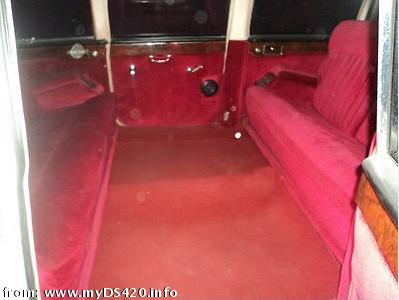 |
|
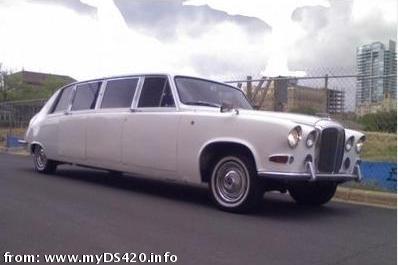 |
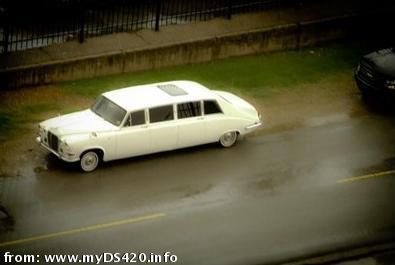 |
|
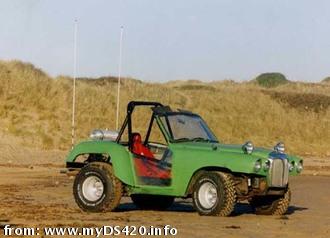
|
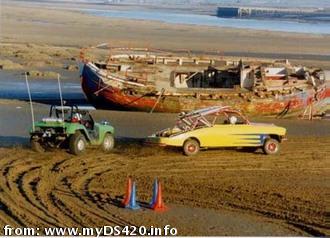
|
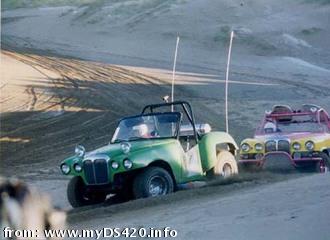
|
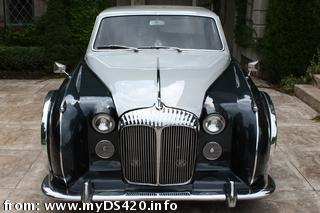 |
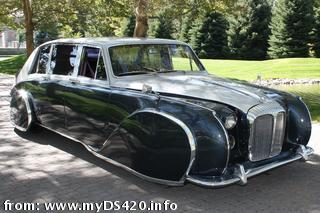 |
An American conversion in Art Deco style: the so called "Franay Bentley" inspired Nate Seifert from Utah, USA, to convert his DS420 in similar style. In the late thirties of the last century this Art Deco design style of (mainly) French "carrossiers" such as Franay, Figoni et Falaschi and Saoutchik made a big impact on wealthy customers in France and in the USA alike. Efforts to revive this style after WWII, e.g. with an exhibition in Paris in 1947 for which the Franay Bentley was conceived, did not last long. Starting from a 1971 DS420 limousine, Nate Seifert extended the tip of the bonnet with 6 inches, and lowered the front bumper with the same amount. Then the front wings were shaped and mounted, which required widening the bumpers as well. Four large wheel covers completed the design; the two rear ones nicely blending in with the flowing body lines. The project took 7 years to complete: build, tear down, redo..... The original engine was replaced with a Chevrolet 350 and corresponding transmission. To cope with the lowered panels and the increased weight an airbag suspension was added. Photos contributed in 2012. Click an image to enlarge. |
||
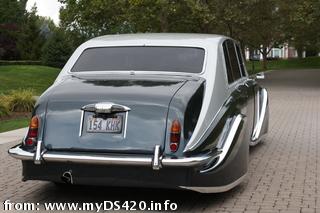 |
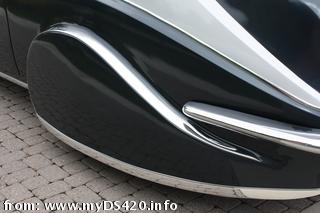 |
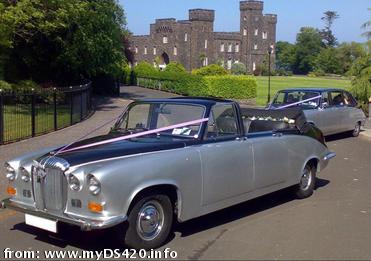 |
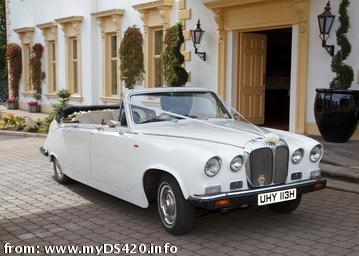 |
A big step beyond the conversion to landaulette is to make a limo into a full cabrio. One wonders how the structural stiffness of the body can be maintained without welding the doors shut. The DS420 was delivered in chassis-only form to hearse building companies. But that bare chassis did need extra support. Note how in this picture and this picture a horizontal beam is mounted temporarily half-way up in the opening of the rear doors. And the roof line is kept intact, even though the rear half of that roof line would disappear during the actual conversion to a hearse. |
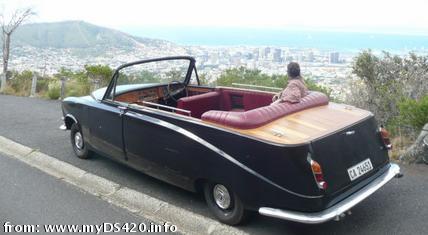 |
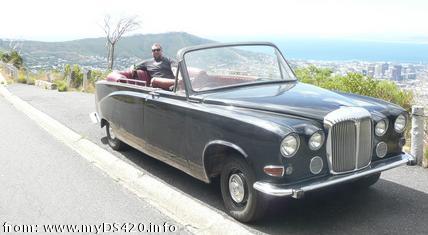 |
Delarey Wagener, an art director and set builder in Los Angeles (originally: South Africa) converted a DS420 hearse into a cabrio for the movie "The Prisoner" (2013) |
|
Bob Boston from Atlanta, Georgia, USA converted a DS420 hearse to a flowercar in the style of the sumptuous gangster funerals in Chicago in the 30's of the last century. Bob owns a company that converts people carrier vans for use by handicapped people, and thus is a professional car converter. It shows... The little "bubble car" on the back is another icon from his collection: a 1965 Peel Trident, made on the Isle of Man. Only 80 made. The DS420 landaulette on the photo is also part of his collection of approx. half a dozen superb DS420 cars that is shown on his Cars&Owners page. Bob sold the car in June 2010. A few month later, the new owner offered it for sale on eBay. More photos of this pickup truck are in the galleries section. |
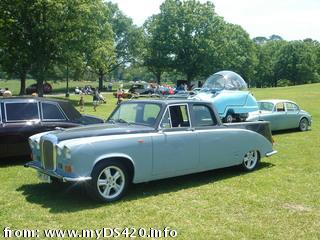 |
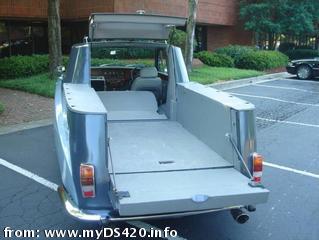 |
|
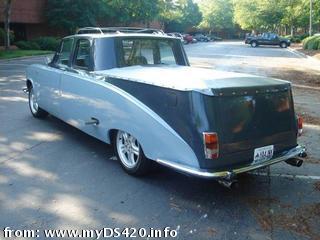 |
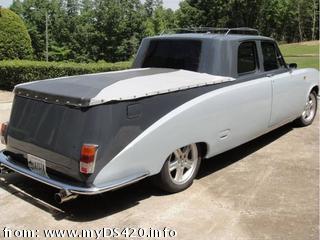 |
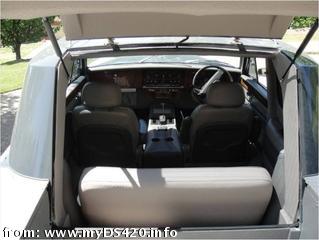 |
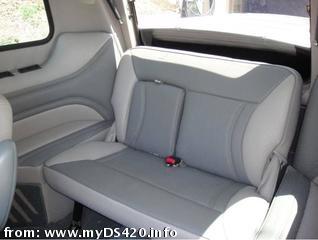 |
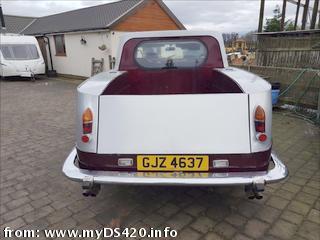 |
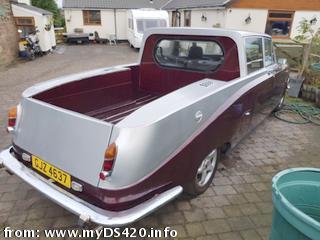 |
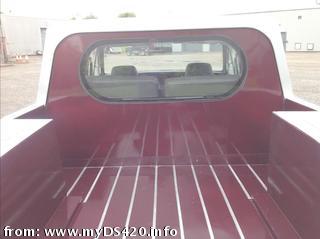 |
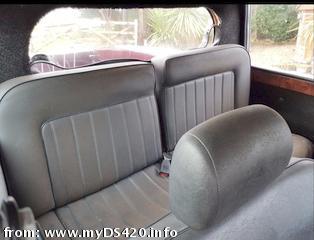 |
Another movie conversion was for the "Cirque du Freak". No structural changes, but a lot of extra bling. Luckily, they could start with a very early limo, which already had the wide chrome side strip. The photos are from the eBay page where this car was offered for sale in January 2016 (click to enlarge).
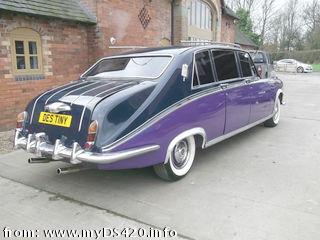 |
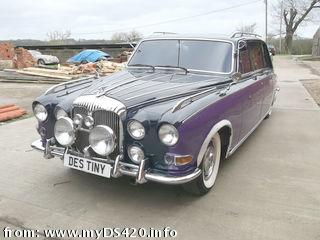 |
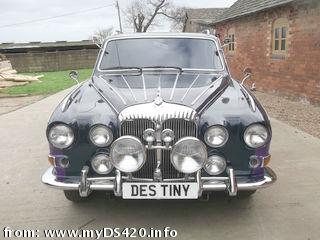 |
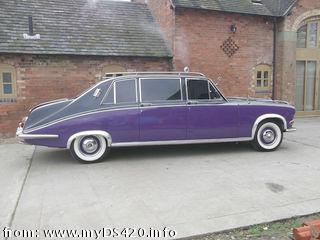 |
This is a DS420 body mounted on a stretched 1990 Range Rover chassis and running gear. The owners, Kirkfare Klassics, in Aspley, Queensland, Australia, call it a 'Daimover'. This conversion was done in 1975, to participate in the RoadBoss Rally through the Australian outback. The website of that Rally has many stunning action photos.
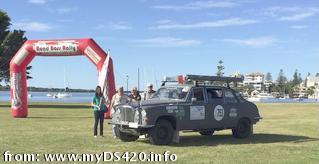 |
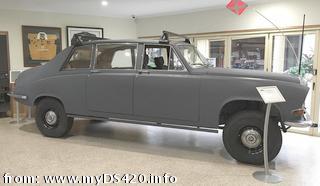 |
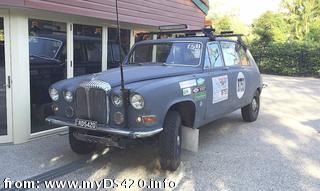 |
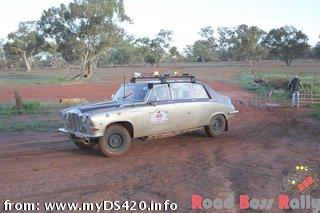 |
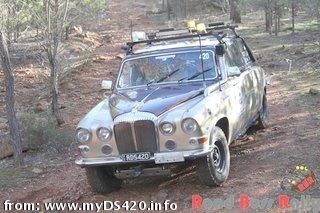 |
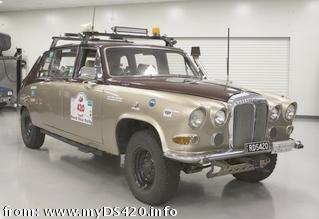 |
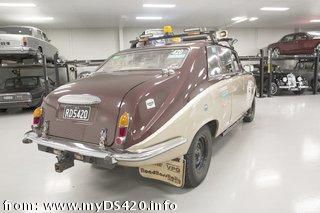 |
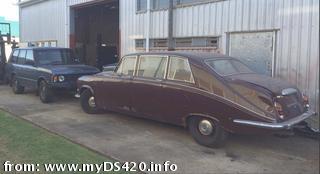 |
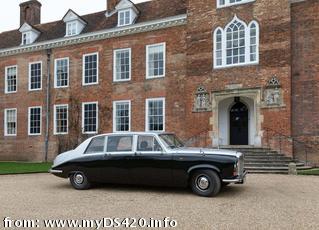 Electrogenic, located in Kidlington near Oxford, has converted a DS420 to electric.
As their website states: "We established our name by creating EV technology
to extend the life of beautiful, historic cars and make them fit for the modern world".
Electrogenic, located in Kidlington near Oxford, has converted a DS420 to electric.
As their website states: "We established our name by creating EV technology
to extend the life of beautiful, historic cars and make them fit for the modern world".
A DS420 is a heavy car, so it required a heavy motor and an equally heavy battery pack. Luckily, space is not an issue although the engine bay doesn't have much room left, as one of the photos shows. The engine is specified as 150kW, 310Nm, water cooled, plus a reduction gearbox on the original prop shaft.
Of course the boot is large enough to hold the major part of the battery pack
and the car is specified as being able to run 200 miles on a single charge.
The company specifies 100 mph as the top speed, and this is the same as Daimler
specified for the car "on petrol" when new.
But I don't know whether they were able to improve the vague steering characteristics,
which make that I wouldn't dare to run my own DS420s at a speed above 70 mph.
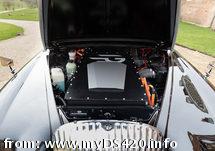
|
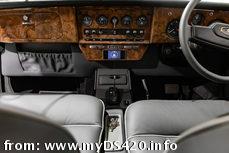
|
From the photo it is clear that it is a 1980's model. It looks in immaculate condition, both body and interior, and the conversion was obviously done in combination with a thorough restoration. The photo of the dashboard shows that the charge/discharge meter and the fuel meter are left in place, although I doubt that they still serve their original purpose. Replacing the ashtray with a smart display gave a very charming result. Their website: https://www.electrogenic.co.uk |